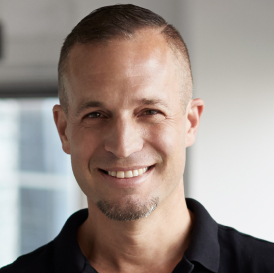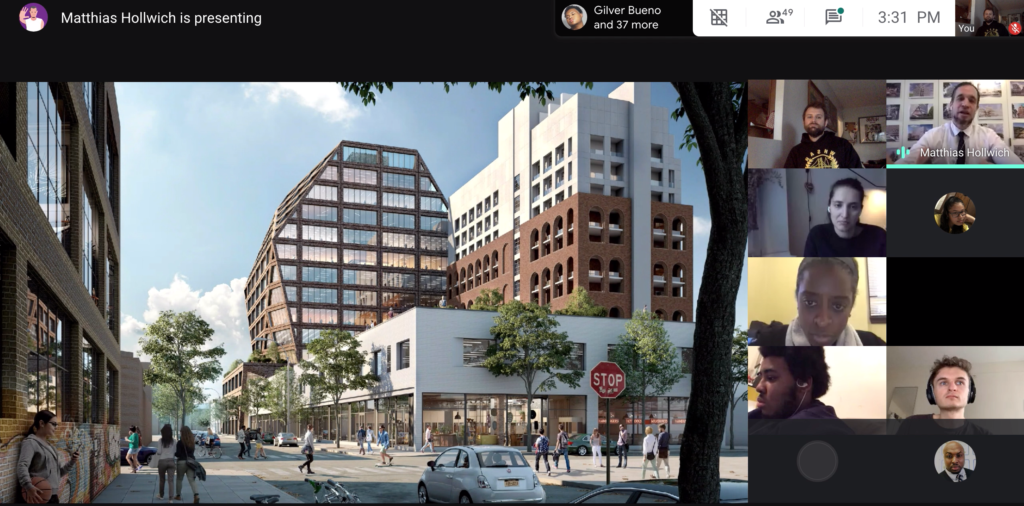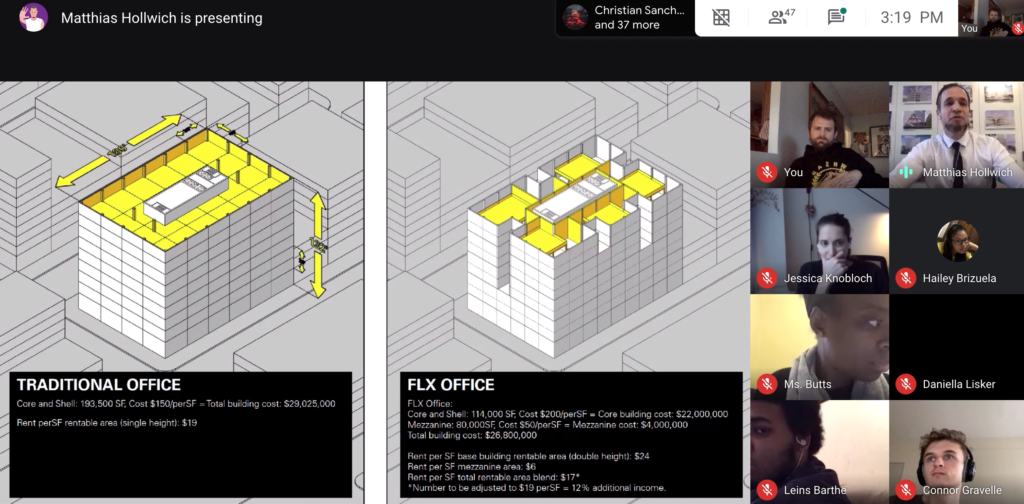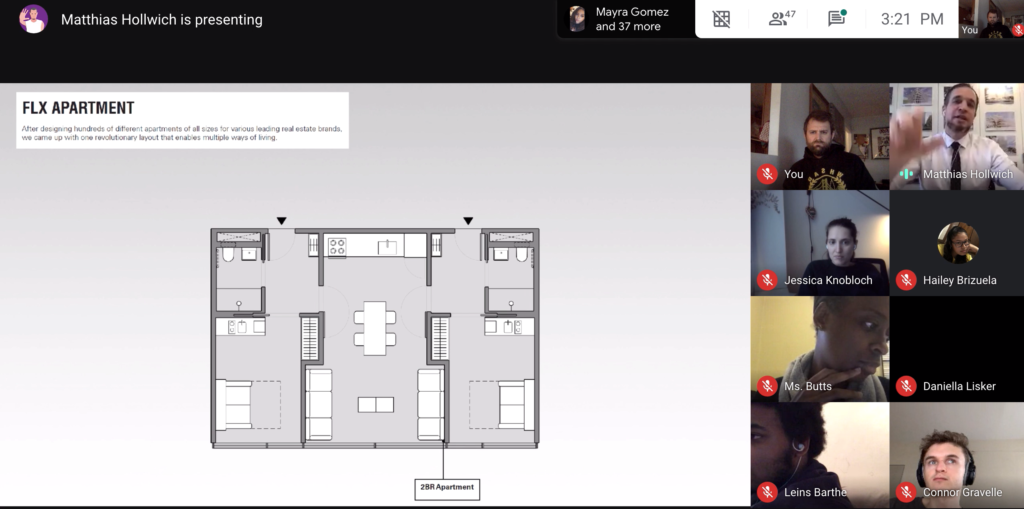Matthias Hollwich is a German-born architect who lives in New York and is the creator of the thought perspective “New Aging”. New Aging focuses on how people determine what ‘old’ means and looks like, and how being old is represented and needs to change. The passing of his grandmother transformed him “into an unlikely, passionate advocate of architecture and planning for the aging” and inspired him for New Aging, which Hollwich has written a book about. At 48 years old, he has conducted workshops on this project at the Bauhaus Dessau Foundation in Germany, and the University of Pennsylvania (where he works on occasion) and is the co-founder of the architectural social networking site Architizer.
Matthias Hollwich’s book “New Aging” has gotten him praises and been featured in Wallpaper, the New York Times, Bauwelt, Dwell, and Architectural Digest. Other awards Hollwich received include the MoMA PS1 Young Architects Award, and he was included as one of the Business Insider’s top 100 business visionaries in 2016. In addition, Matthias Hollwich is a visiting professor at the University of Pennsylvania.
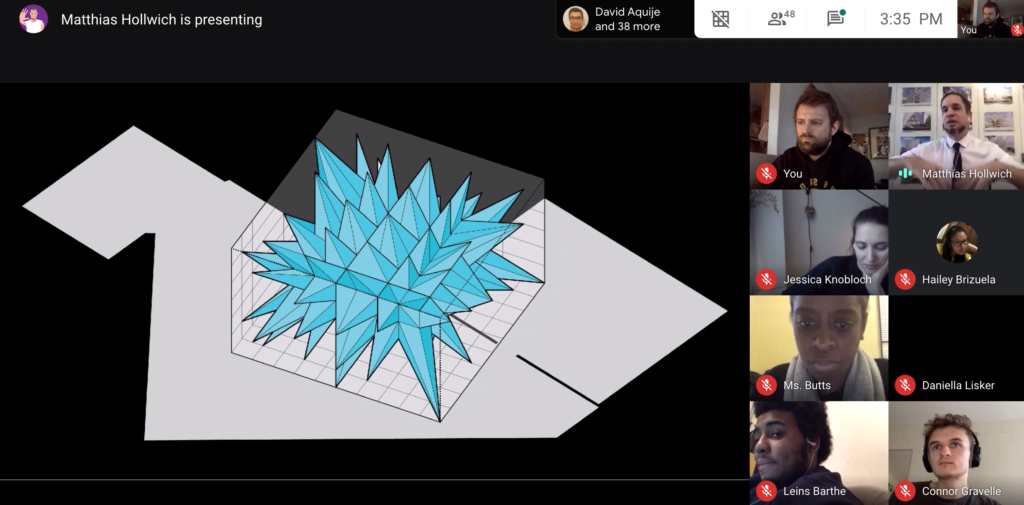
HWKN is a “New York based, global architecture innovation firm, partnering with cities, developers, and entrepreneurial clients to maximize the impact and value of their real estate assets. In colloquial terms, we create a project vision for development sites, enhancing user experience, and improving balance sheets by leveraging our creative intelligence throughout the planning process”. Some of Hollwich-Kushner’s creations include the CSS Bard Hessel Museum, The Pennovation Center, Fire Island Pines Pavilion, and others.
On January 13, Mr. Hollwich, along with his HWKN colleagues, Jessica Knobloch and Connor Gravelle, spoke with WHSAD Makerspace students. Over the course of the ninety minutes, Matthias, Jessica, and Connor shared insights about HWKN’s projects and philosophy, how they see the field of architecture changing with a view on 2035, and how architecture can provide humans with a more transcendent experience.
The video of the presentation is below, followed by a few takeaways from WHSAD Makerspace students.
Today’s presentation was very informative and interesting. It was cool to see how much Matthias Hollwich takes pride in his projects. One thing that stood out to me was how Hollwich stated how all his projects are challenging, because if I’m not they’d be boring. Many of the projects that he has taken part in are all different and unique and are definitely memorable to the people passing by and looking at it. Matthias Hollwich is a great inspiration with admirable work.
-Hailey Brizuela
The most interesting thing I learned from this presentation was learning about flexibility space. Matthias Hollwich explained to us the ability of a building to adapt its space layout and even its structure in order to meet evolving needs. An example he gave us was using an old parking lot and transforming it to an office space.
-Enrique Martinez
Being able to hear from Matthias was extremely different and intriguing. A specific part of his presentation stood out to me, He mentioned lots of information on how our world has changed overnight. You would think that an Architect would probably not be too involved with the changes of COVID-19 but it was surprising to see that as an architect himself he knows that the physical world has to catch up to the online world we now perceive as the new “normal”. He has been involved with several amazing projects and I look forward to seeing more of his future work.
-Mayra Gomez
Throughout the presentation many important design concepts stood out to me. The one in particular that truly caught my eye was the design where one floor can be divided into a maximum or 2-3 separate sections. For example, each person can claim a side while the middle room would be considered a meeting ground in which they can be together when they feel like it. It could also be renovated in which it is separated in just two rooms for similar purposes. What also stood out to me was the benefits of this project for instance the speed in production, safety, efficiency, space saving, sustainability, cost, etc. Furthermore, I learned different ways they alter their designs to be more climate friendly as well as valuable information to help me succeed in my career.
-Ryan Singh

